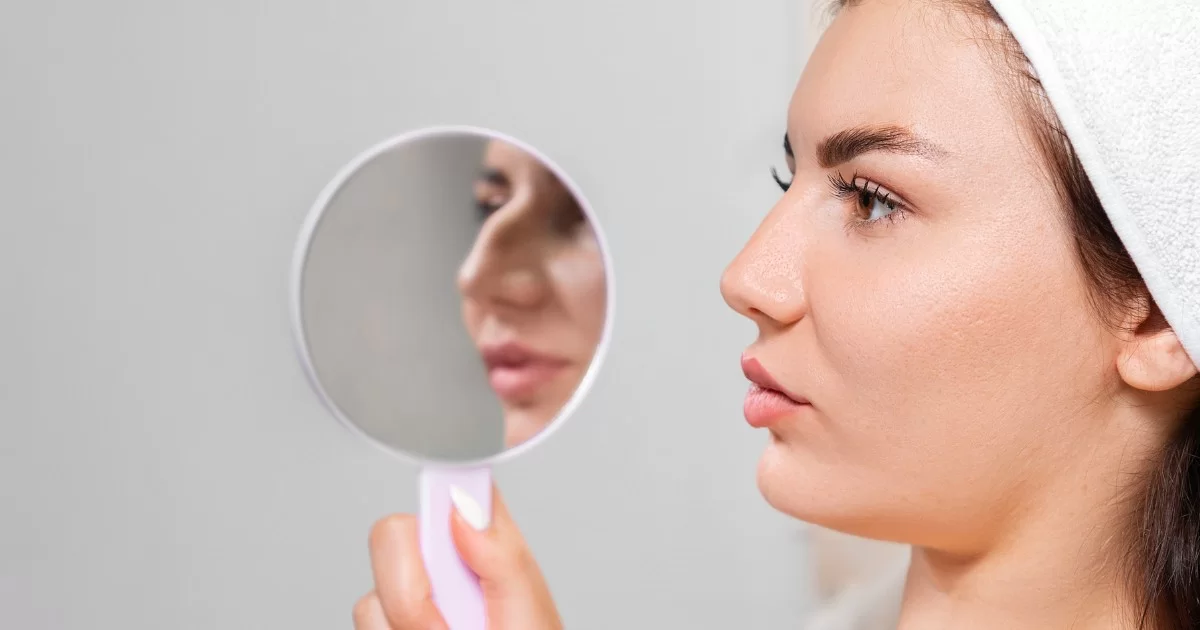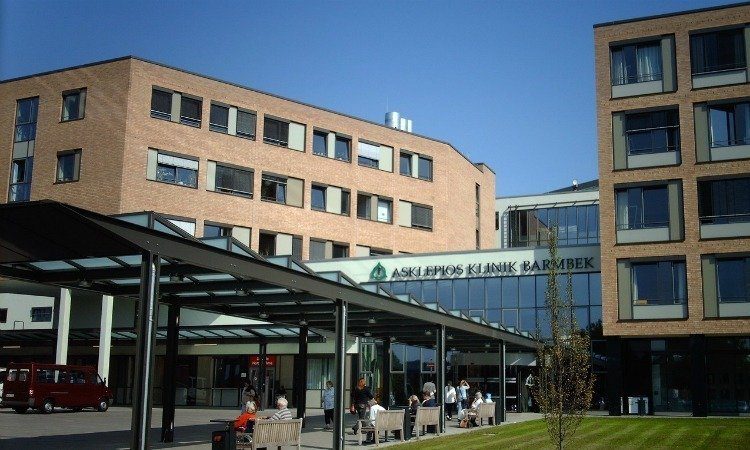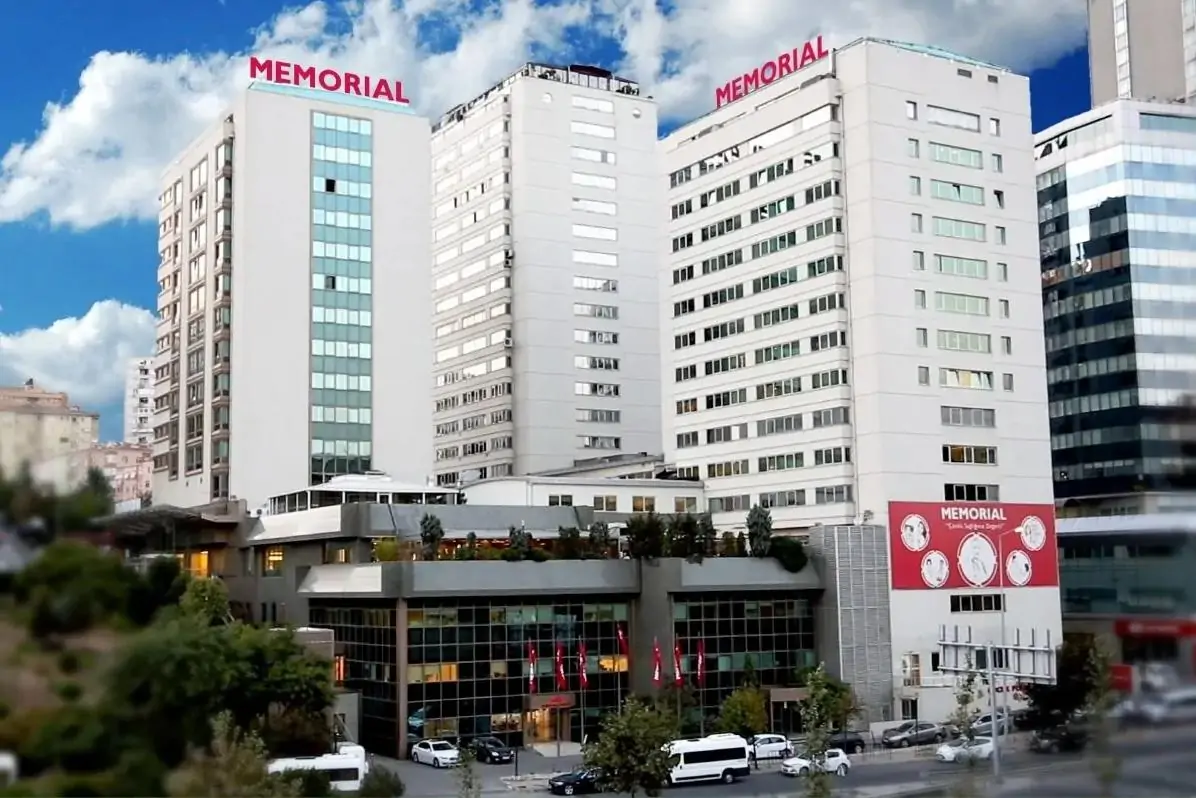In aspects of shaping a person’s appearance aesthetics, nose’s shape is of great importance. Today we will talk about the concept of an aquiline nose and about ways for correcting it evolving surgical manipulation. Roman nose shape is one of the main reasons why hundreds of people worldwide seek professional help for surgical manipulations. 10% of the world’s population has such a nose.
What is an aquiline nose?
Now we’re considering concept and aquiline features. It’s a term used to describe a nose with a noticeable hump or curve at the bridge, intending to look like eagle’s beak. It’s a large nose with a long bridge and septum, fairly elongated bones and a downturned tip. Sometimes, such shapes can create difficulty breathing. It may be hereditary or develop over time due to bone changes.
So, aquiline nose vs roman nose. Both of these names are used to refer to the same nose shape. Thus, if we have a question “What is a roman nose?”, we can say that it’s an aquiline one. This nose is one of the types that most often be corrected with rhinoplasty to correct a deviated septum. This type of nose has slightly enlarged nostrils. Let’s look at some interesting historical facts regarding the Roman nose.
- In terms of aquiline nose ethnicity, it has been a distinguishing attribute of various cultures and civilizations since ancient times.
- Any aquiline facial feature was associated with symbolic figures in history, being a mark of personality, belle and status.
- Aqualine nose served as an indicator of social status in different cultures, being a sign of sophistication, intelligence and good taste.
Aquiline noses form a profile with a convexity, sometimes slightly widening the nostrils and lowering the tip of the nose towards the lips. The tip, as a rule, has strong cartilage, a clearly visible protrusion, clearly-defined angles and a slightly-downward sloping arc. It is sometimes also called a hook nose. Corrective plastic surgical manipulations on an aquiline nose is one of the most popular among patients considering rhinoplasty.
Rhinoplasty to correct an aquilline nose
About 90% of aquiline nose woman patients are interested in correcting the aesthetic aspect of the problem, and not in eliminating any inconvenience. Aquiline droopy nose surgical procedures usually involve reshaping bones and cartilage to change size and shape. Evolving rhinoplasty, straight bridge is formed, thus removing the hookedness.
It can often be performed on an outpatient basis, without hospitalization, with intravenous sedation. In most cases, this intervention lasts about 1 hour. The patient is then admitted to the recovery room and subsequently returns home.
- Inflammatory reactions as a result of the intervention, on average, take place from 4 to 7 days. In cases where there is no need to perform a lateral osteotomy, recovery occurs faster: from 2 to 5 days.
- There are various surgical methods, in particular, ultrasonic rhinoplasty, open rhinoplasty or closed one, which are selected individually for each patient depending on individually-developed characteristics.
- Routine examinations after rhinoplasty are usually carried out after 5-7 days, then 21 days and 3 months to monitor the results and timely eliminate possible risks.
In addition to surgical procedures, doctors can resort to non-surgical rhinoplasty using dermal fillers. Roman nose female patients turn to such kind of manipulation more often. Procedure can slightly improve facial lines and restore harmony in cases where patient’s nose is:
- slightly-curved;
- has an overhanging shape needing to be straightened;
- the bridge of the nose has a small, barely protruding hump;
- only the tip of the nose requires correction.
Dermal filler is a real alternative to surgical manipulations for aquiline nose female and male patients. The goal of this is to reach facial symmetry. Non-surgical plastic surgery is ideal for patients who do not want to undergo traditional surgery.
- Approximately 20-30 minutes before the procedure, a numbing cream is applied to the appropriate area, and then dermal filler is injected into the selected areas.
- The recovery period is quite quick and painless.
- Medicines, particularly antibiotics, anti-inflammatory drugs and pain relievers, are usually not required. A slight swelling may appear in the nasal area without accompanying pain, which will disappear after a few days.
Thus, we asked a question “whats a roman nose?”. Today, rhinoplasty is one of the best means to correct aquiline nose. Previously, specialists carry out an appropriate assessment in many clinics, forming a potential result using a virtual simulator. This way the patient will understand exactly what he/she needs.











